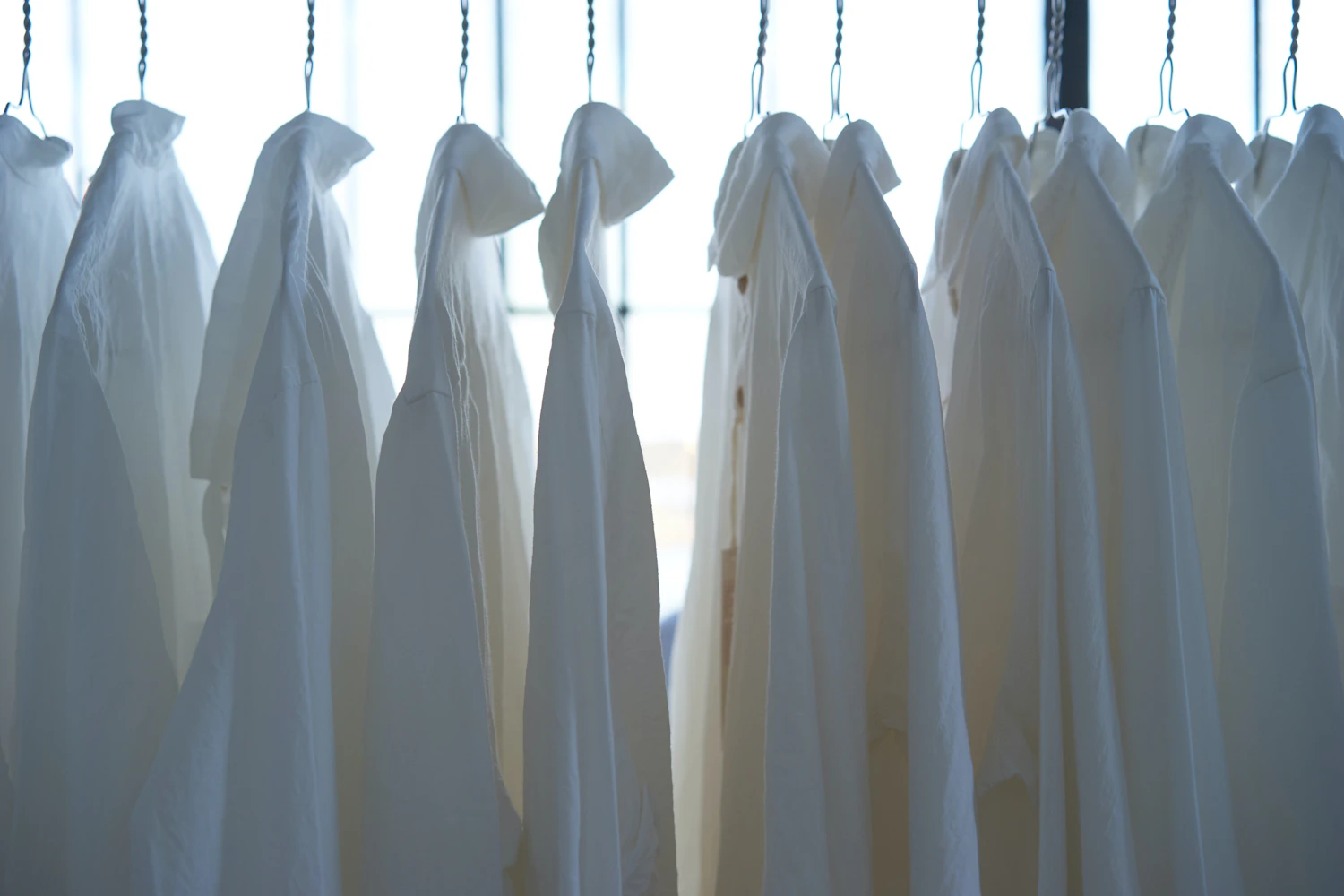01.05MON
Relay Column: Homework & Sandals – Legal Protection for Creators Out of Consideration for the Act of Choosing Clothes (Hinako Komamura)

PROFILE

Hinako Komamura
Affiliated with the Graduate School of Humanities and Sciences at Ochanomizu University, specializing in Gender Studies in the Interdisciplinary Area of Human Culture Creation. My expertise lies in sociology and labor research, focusing on women's labor within domestic spaces.
Do you have any particular preferences regarding the clothes you wear? Also, how do you go about choosing your outfits?
The criteria for selecting clothing varies from person to person, encompassing aspects such as design, color, silhouette, texture, types of fabric used, brand, production location, and price range. Of course, there are many who may not have an interest in clothing or fashion at all.
I believe many people pay attention to current trends when choosing their clothes. If one wants to follow trends at a low cost, they might consider checking out fast fashion brands. In particular, nowadays, when looking at online shopping sites of fast fashion brands, one can find items at shockingly low prices that are typically sold in apparel shops within shopping malls.
No matter how inexpensive a product is, there must be some profit for the seller. Concerns arise in my mind regarding whether the wages of the workers who manufacture those products are being paid fairly and whether there are any issues with their working conditions.
This article is for members only.
Please register to read the rest of the article.
What you can do with a membership
- Read members-only articles
and use text-to-speech. - Unlimited article favourites
and browsing history. - Attend members-only events.
- Get the latest information
with our email newsletter.
CONCEPT VIDEO
"fashion tech news" Unveils New Logo & Concept Video
TOP ARTICLES
RELATED ARTICLES
CONCEPT VIDEO
"fashion tech news" Unveils New Logo & Concept Video
CONTACT
If you have any questions or enquiries, please enter your details in the form below.








.jpg?w=400&fm=webp)

.jpeg?w=400&fm=webp)






.png?w=400&fm=webp)

